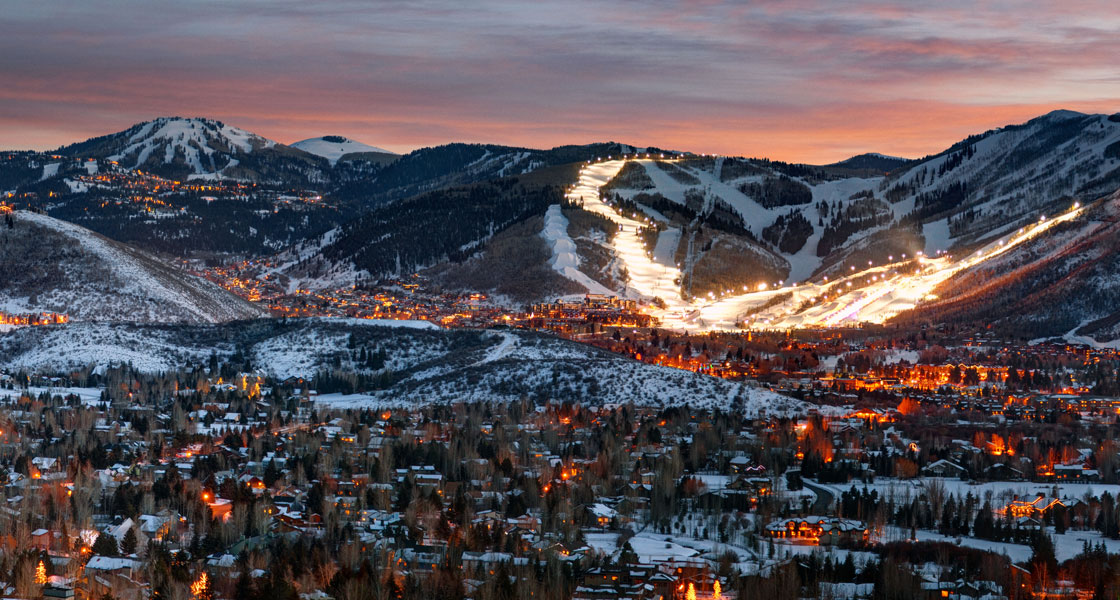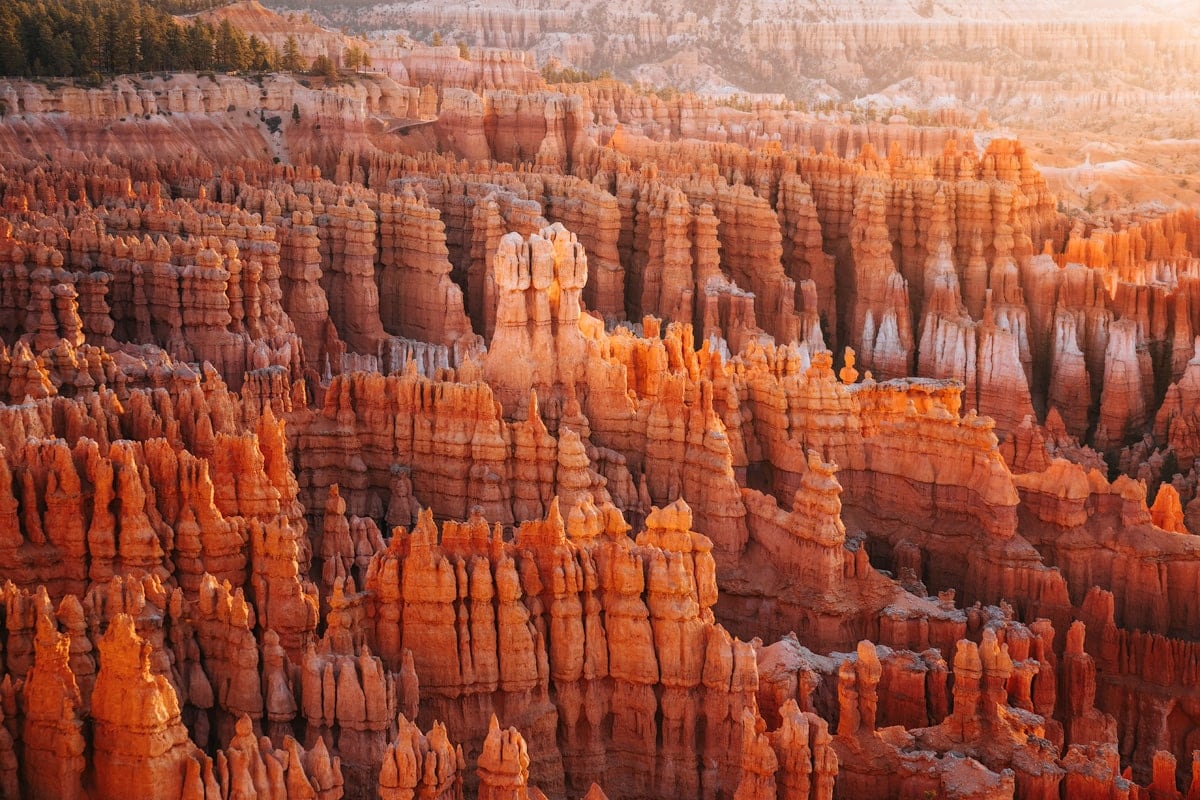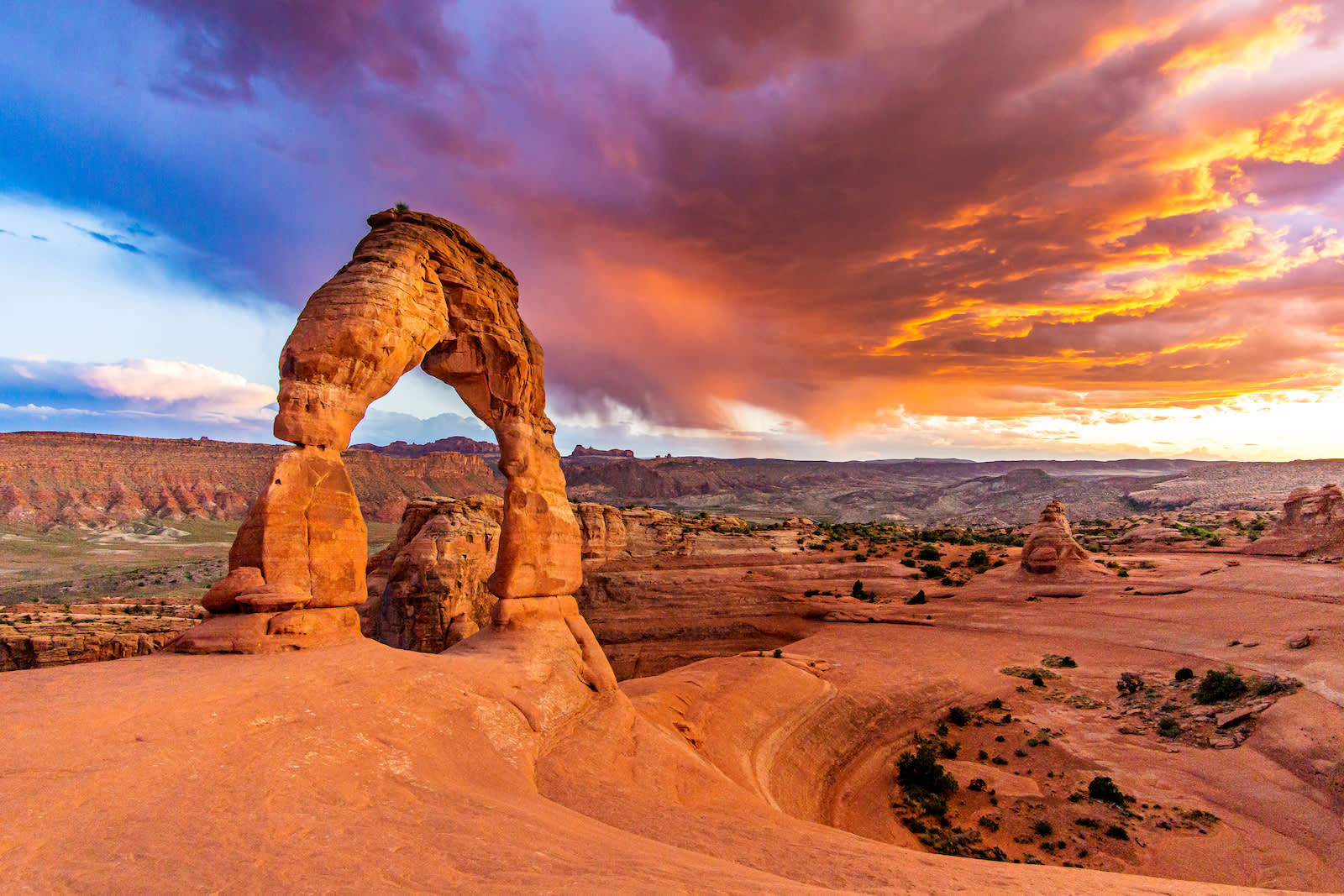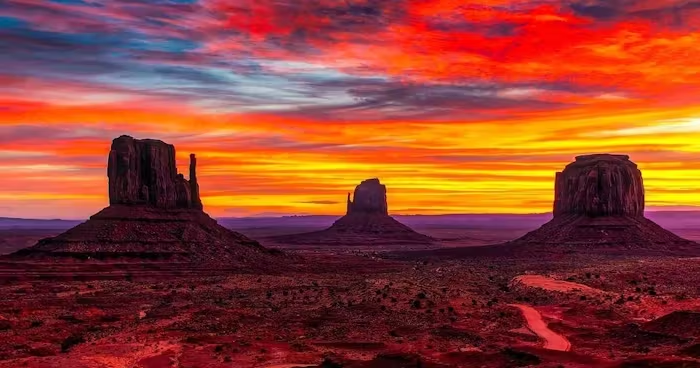ABOUT-UTAH

Utah, the 13th largest state by area with a population of over 3 million, is the 30th most populous state in the United States, also popularly known as Beehive State. Utah is a landlocked state located in the Mountain West region of the Western United States. Utah shares borders with Colorado to the east, Wyoming to the northeast, Idaho to the north, Arizona to the south, and Nevada to the west. Utah also touches a portion of New Mexico in the southeast. Utah's economy is diverse, with the state's leading industries being mining, Government services, transportation, education, information technology and research, multi-level marketing, and tourism. It has also been the fastest-growing state in the United States since 2000. Visitors can discover the city's rich historical and cultural attractions, including the landmark Temple Square and the fascinating exhibits at the Natural Historical Museum of Utah. Beyond the city limits, explore Utah's stunning national parks, including the alien landscapes of Arches and Canyonlands, the towering cliffs of Zion, and the peaceful beauty of Bryce Canyon. People can hike through slot canyons and see the beauty of flowing waterfalls. Whether you're looking for adrenaline-pumping experiences or quiet moments of reflection in nature, Utah provides an exceptional experience filled with breathtaking scenery and limitless options for discovery.
TOURIST ATTRACTIONS

Bryce Canyon National Park
It makes sense that Bryce Canyon National Park has sometimes been described as unearthly. Its hoodoos, or naturally occurring amphitheaters with sunset colors, are practically too good to be true. The world's highest concentration of these asymmetrical rock columns can be found at Bryce Canyon. In the warmer months, hiking and horseback riding are fantastic ways to take in these natural wonders. Meanwhile, winter offers opportunities for cold-weather activities like cross-country skiing and snowshoeing. Camp out in this International Dark Sky Park at night and take an entire moon trek for an even more fantastic experience.
Arches National park
With over 2,000 naturally occurring arches—the most of any place on Earth—and other breathtaking red rock formations, Arches National Park welcomes over 1.5 million tourists annually. The longest arch in North America, the Windows Section, one of Arches' most gorgeous settings, and Fiery Furnace, a complex natural labyrinth between sandstone walls, are a few of the park's most well-known rock formations. More leisurely tourists may explore the park from the comfort of a car or horseback. At the same time, more adventurous visitors can go hiking, rock climbing, canyoneering, and other activities.


Monument Valley
The red scenery of Monument Valley, which Utah and Arizona share, is instantly identifiable. The sandstone buttes and towers of Monument Valley Navajo Tribal Park are famous for their appearances in films like "Forrest Gump" and "Stagecoach." In the Utah portion of the valley, hiking, horseback riding, and stargazing are must-do activities. A guided car or horseback trip with a Navajo tour operator is a great way to learn more about the park's Navajo heritage while taking in the breathtaking surroundings.
Zion National park
More and more visitors are discovering the splendor of Zion National Park. Utah's first national park has more than 90 miles of hiking and backpacking trails, including The Narrows, a unique slot canyon that passes through the park's narrowest portion. In addition, there are more challenging trails like the Watchman Trail and Angels Landing (which require a permit) and gentler ones like the Canyon Overlook Trail and Pa'rus Trail. If hiking isn't challenging enough, travelers climb up the 2,000-foot-tall sandstone cliffs in Zion.

MAJOR AIRPORTS IN UTAH
WEATHER
Summertime temperatures can reach as high as 105 degrees Fahrenheit, while winter temperatures can drop as low as five degrees. The air in winter and summer is dry. Summers are hot, while winters are frigid. often exceeding 100°F (38°C).
BEST TIME TO TRAVEL
The best time to visit Utah is in April, May, June, August, September, and October, when the weather is milder and the scenery is either blooming or changing into stunning shades of orange, red, and brown.
FAQs
Which airport is nearest to Utah?
Utah's closest airport is Salt Lake City International Airport.
Why do people travel to Utah?
Utah is well-known worldwide for its stunning scenery, "Best Snow on Earth," and much more. The Beehive State is one of the best economies in the USA and the globe, renowned for its strong work culture. For the sixteenth consecutive year, Utah is the state with the finest economy in the country and the state with the best economic outlook.
What is the cheapest month to travel to Utah?
October can be the cheapest month to travel to Utah, but there might be other months when you can find a good deal.
What is the best place to travel in Utah?
Utah offers numerous travel destinations, including Salt Lake City and Bryce Canyon National Park.

Save up to 40% off! Exclusive call-only deals:
+1 (802) 222-6192
 Salt Lake City International Airport
Salt Lake City International Airport